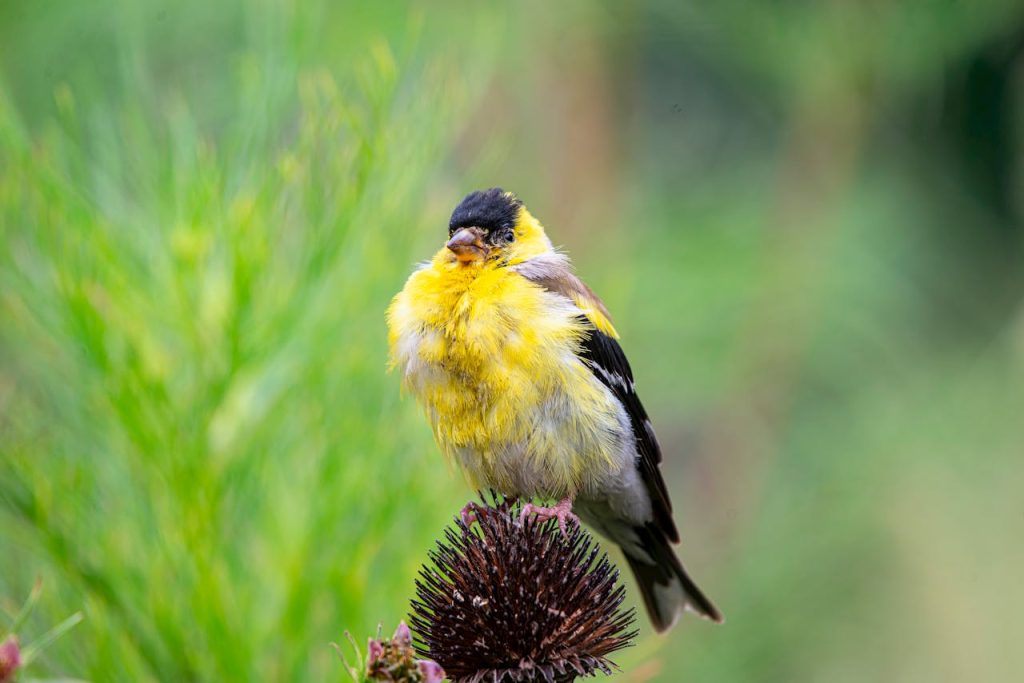
Genetic mutations play a pivotal role in the vibrant world of goldfinches and other Fringillidae species, influencing their distinct color variations and breeding outcomes. Understanding how these mutations are transmitted is crucial for breeders looking to achieve specific color traits in their avian populations.
Types of Genetic Mutations
Goldfinches exhibit hereditary genetic abnormalities primarily through monogenic transmission, following the principles laid down by Gregorio Mendel. These mutations can be categorized into:
- Monogenic Mutations: These mutations are governed by a single gene and can be further classified into:
- Sex-Linked Mutations: Influenced by the sex chromosomes of the birds.
- Autosomal Mutations: These include both dominant (e.g., Yellow) and recessive (e.g., Opal, Albino) mutations.
Common Color Mutations in Goldfinches
Among the most notable color mutations observed in goldfinches are:
- Brown
- Agate
- Isabel
- Satin
- Pastel
Breeding these color variants involves understanding their inheritance patterns and potential outcomes when different mutations are paired.
Breeding Strategies and Outcomes
The outcomes of breeding vary based on the mutations carried by each parent bird:
- Mutated Male Goldfinch x Mutated Female Goldfinch: Results in all offspring being mutated for the respective color.
- Male Goldfinch Carrier Mutation x Mutated Female Goldfinch: Yields a mix of carrier and mutated offspring.
- Mutated Male Goldfinch x Female Goldfinch Ancestral: Results in all offspring being carriers for the mutation.
- Male Goldfinch Ancestral x Mutated Female Goldfinch: Similar to the above, all offspring are carriers.
Practical Examples
To illustrate:
- Ancestral Goldfinch Male x Agate Goldfinch Female: Produces male chicks that are carriers of both ancestral and brown traits, with females being solely ancestral.
- Brown Goldfinch Male x Isabel Goldfinch Female: Yields male chicks with brown and Isabel traits, while females display only the brown mutation.
Conclusion
Understanding how genetic mutations are transmitted in goldfinches is crucial for breeders aiming to cultivate specific color varieties. By applying knowledge of monogenic inheritance patterns, breeders can strategically pair birds to achieve desired color outcomes in their aviaries.
In essence, exploring the genetic intricacies of goldfinches not only enhances breeding practices but also deepens appreciation for the diversity and beauty within this beloved species of finches.
3.5
